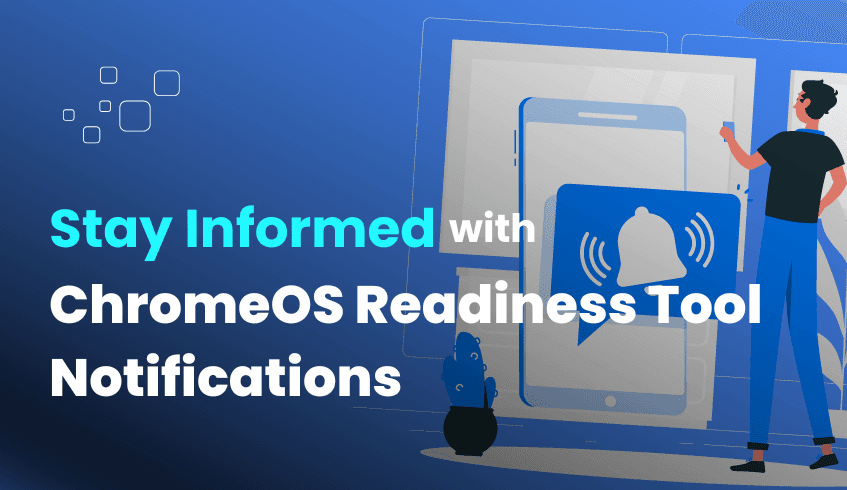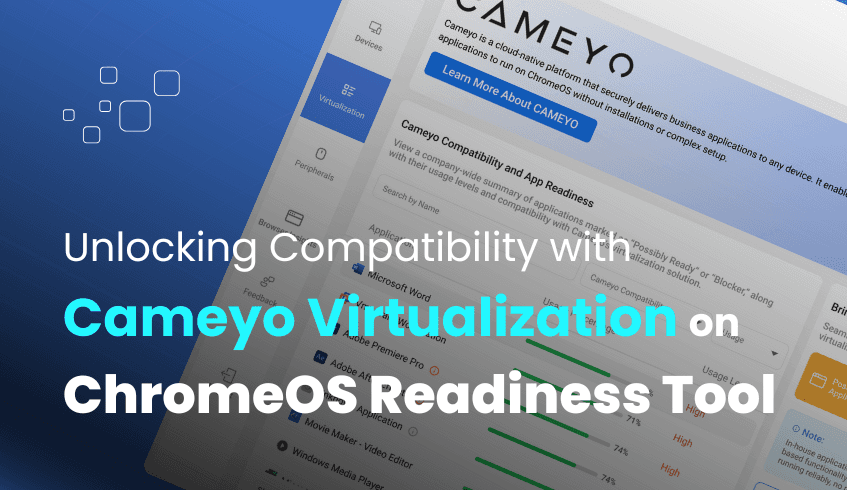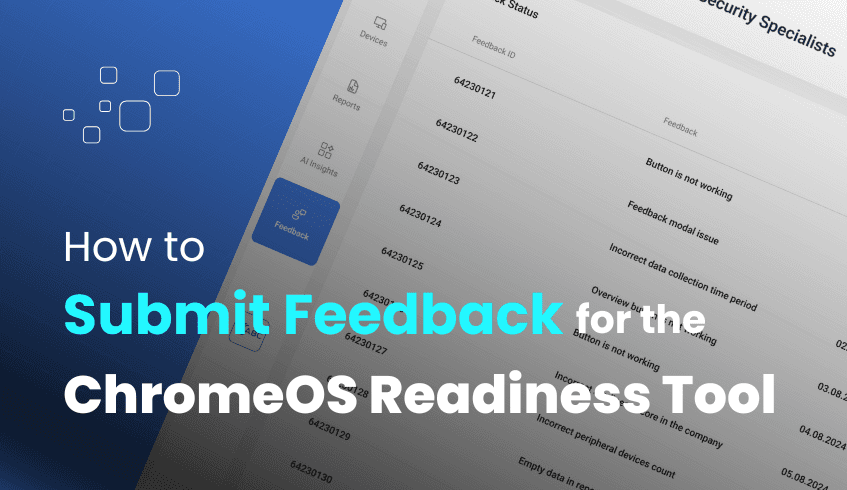
Leveraging Raw Data: Unlocking Deeper Insights with ChromeOS Readiness Tool Reports in Looker, Tableau, and PowerBI
In an era where data-driven strategies are essential to operational success, having full visibility into your IT environment is more critical than ever. For organizations planning a transition to ChromeOS, understanding compatibility at a deeper level is key. The ChromeOS Readiness Tool offers a robust solution for assessing ChromeOS readiness and its true analytical power is amplified when paired with external business intelligence tools like Looker, Tableau, or PowerBI through raw data exports.
The Power of Raw Data Export
The ChromeOS Readiness Tool’s web dashboard provides a high-level readiness score, breakdowns by compatibility, real-time device assessments, and peripheral insights. Beyond this dashboard view, the tool allows administrators to download raw data reports in Excel format. These downloadable reports offer two key overviews:
Overview of device readiness in an organization: A detailed analysis of device readiness and usage within the environment.
Overview of peripherals in an organization: An assessment of peripheral device compatibility across the organization.
Why Go Beyond the Dashboard? The Benefits of External Visualization
While the built-in dashboard offers valuable summaries, exporting raw data into BI tools like Looker, Tableau, or PowerBI unlocks even more powerful insights:
Enhanced Customization and Flexibility These Excel sheets can be imported into tools such as Looker, Tableau, or PowerBI to create tailored charts, graphs, and dashboards. This allows IT teams to present data based on their unique organizational structure and reporting needs, going far beyond default visualization capabilities.
Granular Insight and Targeted Action Raw data enables deeper analysis, whether it's focusing on devices with readiness issues, isolating applications marked as "Blocker" or "Possibly Ready," or exploring peripheral compatibility concerns. This level of detail supports targeted remediation planning.
Integration with Existing BI Ecosystems Many enterprises already utilize BI platforms to support various departments. Integrating ChromeOS readiness data with these systems provides a unified, enterprise-wide view, aligning IT planning with broader business strategies.
How to Create Your Visualizations
The process of transforming raw data into actionable dashboards is straightforward:
Download the Reports Navigate to the “history reports section” in the ChromeOS Readiness Tool’s administrative interface and download the Excel-formatted raw data reports.
Import into BI Tool Upload the Excel files into your BI platform of choice such as Looker, Tableau, or PowerBI, all of which support seamless integration with spreadsheet-based data sources.
Design Your Visualizations Use the BI tool to create customized visuals. Examples include:
Interactive dashboards that highlight device and application readiness trends.
Reports focusing on high-risk areas like "Blocked from Switching" devices or heavily used “Blocker” applications.
Compatibility analyses of peripherals by device model or department.
Custom views that combine ChromeOS readiness data with HR, financial, or operational data for deeper context.
Driving Strategic Decisions with Data-Driven Insights
Visualizing ChromeOS Readiness Tool data externally provides the clarity required to support key business decisions:
Informed Migration Planning Identify user groups or departments "Ready to Switch" to pilot migrations, or focus efforts on addressing "Blocker" areas first ensuring a phased and manageable rollout.
Optimized Resource Allocation Determine where hardware upgrades, software licensing, or training efforts will yield the greatest returns.
Proactive Risk Mitigation Spot potential challenges early and develop mitigation plans before disruptions occur, ensuring smoother operations during the transition.
Business Justification Well-structured visual reports strengthen your case to leadership by clearly showing readiness, potential blockers, and expected ROI from ChromeOS adoption.
By pairing the raw data capabilities of the ChromeOS Readiness Tool with advanced BI platforms, organizations move from simple assessment to a strategic, data-driven migration journey. This powerful combination enables informed decision-making, reduces risk, and ensures your transition to ChromeOS is both smooth and future-focused.



